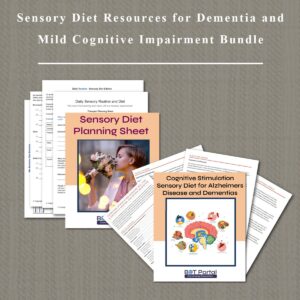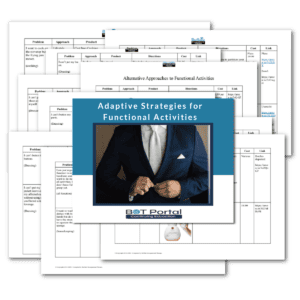Description
Person Environment Occupation Performance Model (PEOP)
PEOP is a strong model to guide your occupational therapy practice
The Person Environment Occupation Performance (PEOP) model is a well-established framework in occupational therapy that emphasizes the complex and dynamic interactions between an individual, their environment, and their occupations. This holistic approach helps therapists understand and address the unique needs of their clients to improve overall performance and quality of life.
Person: The “Person” component considers the individual’s intrinsic factors, including physical, cognitive, emotional, and spiritual attributes. It encompasses a person’s skills, abilities, experiences, and motivations. Occupational therapists evaluate these factors to understand how they influence a person’s capacity to perform daily activities.
Environment: The “Environment” component includes the external physical, social, cultural, and institutional contexts in which a person lives and interacts. It examines how these factors support or hinder an individual’s occupational performance. Occupational therapists assess the home, work, community, and social environments to identify barriers and facilitators to successful engagement in meaningful activities.
Occupation: “Occupation” refers to the meaningful activities and tasks that individuals perform in their daily lives, including self-care, work, leisure, and social participation. These activities are essential for health and well-being. Occupational therapists analyze the specific occupations that are important to the individual and explore how they can be modified or adapted to enhance participation.
Performance: The “Performance” component focuses on the actual execution of occupations within the context of the person’s environment. It looks at how well an individual can perform tasks and activities, considering both intrinsic and extrinsic factors. Occupational therapists work with clients to improve their performance through targeted interventions, adaptations, and skill-building.




